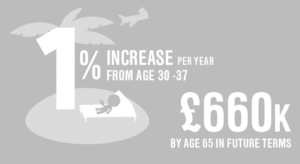Ten ways to save money during wedding season
There comes a time in your life where people all around you are getting married and starting a family.
If you’re like me, and have three weddings and hen parties all very close to each other in the same year, you may start to panic about how you are going to afford it all!
Take a look at our top tips, and don’t say ‘yes’ to the stress of being a wedding guest . . .
- Book accommodation early – try and get a group deal or look for alternative options such as Airbnb. It can work out a lot cheaper than getting a hotel room. You’ll also beat others to it who leave it to the last minute.
- How are you getting there? – depending on the location of the wedding, it’s worth checking how you will get there. If you book trains early enough, you can usually get a good deal or you can car share and split the cost of petrol which can work out a lot cheaper than sets of train tickets.
- Buy the wedding gift early – if there is a gift list, take a look early and see if you can snap up something in your budget.
- Split the cost of a gift with friends – thinking of something more extravagant? Then club together with your friends.
- Can’t afford a gift? – offer to help with something on the day or make a gift yourself? Pinterest has some great ideas for crafty people.
- Upcycle an outfit – if you can’t get a new dress/suit for the big day, buy a new accessory or shoes to make you feel special instead.
- Borrow an outfit – it sounds simple but take a look in your friends’ wardrobes and you might be surprised! Just make sure you return the clothes nice and clean!
- Rent an outfit – easy peasy – you can pay to rent your dress or suit and then you can give it back after the wedding is over. Ladies can go to girlmeetsdress and the boys can go to mossbroshire. Job done!
- Set yourself a budget – if you can afford to attend all of the weddings, then great! But decide on a budget beforehand so you don’t overspend.
- Don’t be afraid to say no – if you are invited to several weddings but can’t afford to go to them all, then be realistic.















